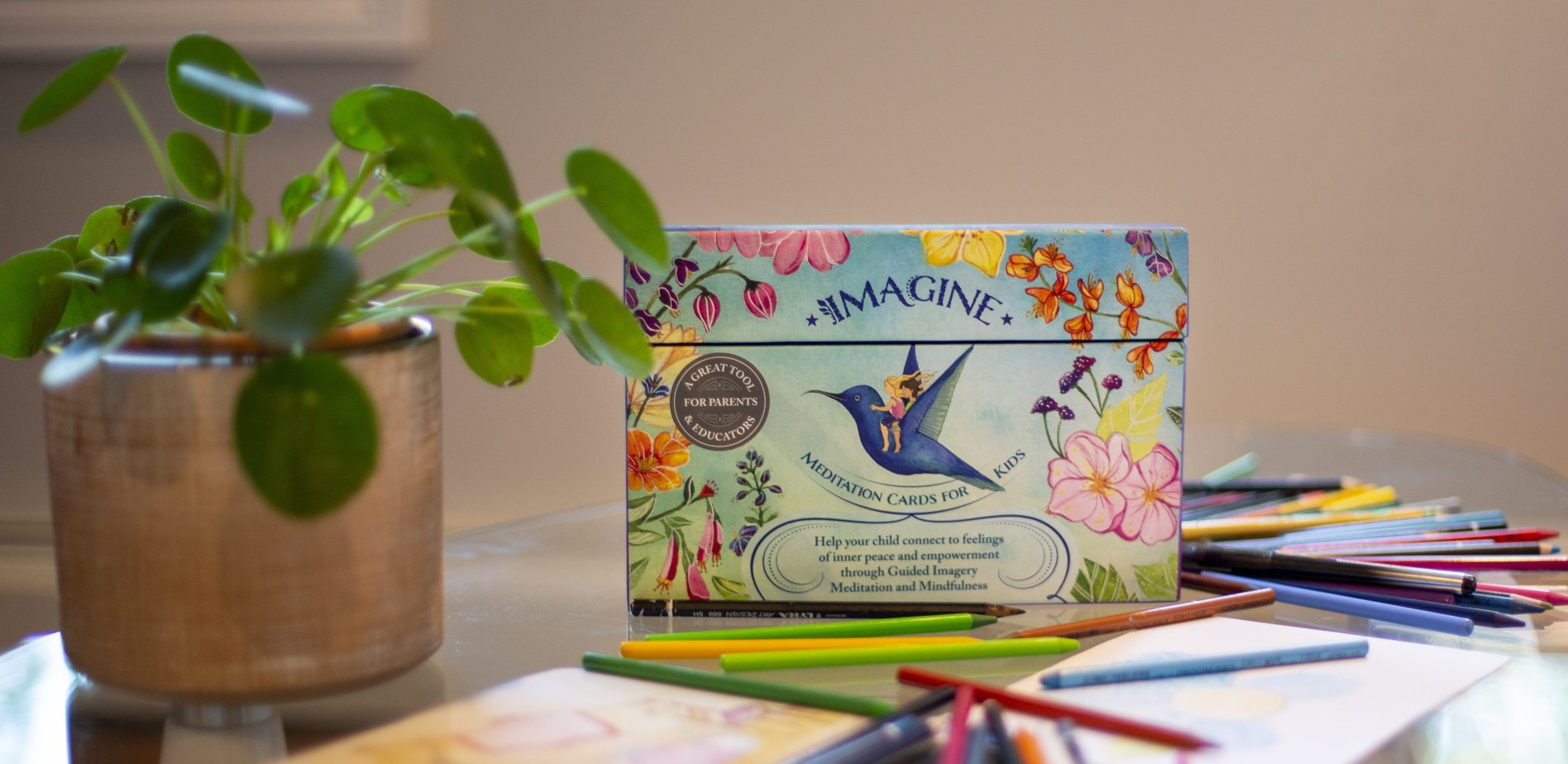The Birds Are Back! – Incorporating Mindful Listening into Everyday Life
Walking around our neighborhood with my dog, my eyes are filled with drowsy, wintery whites, grays and browns. But the sounds in the air tell a whole different story!
It’s the beginning of March, and many bird species have returned from their winter escapes. They’re filling the bushes and trees with lively chirping and tweeting. Hearing their harmonious sounds fills my heart with joy and excitement: the birds are back, and spring is about to follow...
Listening to the singing of birds is actually thought to have a healing effect.
In a children’s hospital in Liverpool, England, the sweet sounds of birdsong carry through the hallways. The merry refrain is a recording of the dawn chorus from a nearby park, and is intended to calm anxious young patients.
I believe that this same healing effect may be derived from any of the delicate sounds we find in nature, such as the gentle flow of water, a light wind rustling the leaves of a tree, a campfire at night or the calm sea waves rolling up to shore and back.
Focusing on the senses is key to many of the mindfulness practices that support our well-being.
One great exercise to try (for both adults and kids!) is mindful listening – also called auditory mindfulness.
Turning your attention to the audible world around you, as easy as it may sound, is actually a powerful tool to increase feelings of calm and relaxation. Just take a few moments and pay attention to the sounds you can hear, without any judgement towards them.
To further enhance the soothing effects of auditory mindfulness, try to focus on any ambient sound that you can. You will realize an immediate positive effect on how you feel.
Now obviously, if they’re jackhammering the sidewalk outside, that won’t be the best way to start… Still, it shouldn’t be too difficult to find the right opportunities for this exercise. Start by listening closely next time you take a walk in the park, or you could just open up a window and try to turn your attention to the sounds of the open air. Definitely try this when you are out in nature.
That said, with a little forethought,
you can also create just the right backdrop for mindfulness at home – whether it be by playing a soundscape on YouTube or turning on some music or sounds you enjoy listening to (think bells or maybe a wind chime).
Allow yourself a few moments to connect to the sounds filling your ears.
This will help foster a sense of peaceful positivity you can carry with you throughout the day.
Another way to inspire positive vibes is by practicing guided imagery meditation.
Guided imagery engages the senses in an imaginary picture in order to create a more vivid experience for the body and mind.
Try to imagine a peaceful valley with a gentle stream, songbirds in the trees and soft green grass.
Once you’ve got the visuals down, add the sound effects into your scene:
little splashes of water, birds tweeting, a gentle wind in the grass. Notice how they elevate the experience. Your body will follow your thoughts even if they are not real. When you imagine being in this pleasant setting, not only will you enjoy it in your mind, but your whole body will join in on the calming effect.
Each and every day is brimming with sounds. They’re an ongoing part of our lives, so why not take a moment to focus your attention on the sounds that make you feel good? It will be like music to your ears!
If you’d like to read some more, here’s a nice article on
How Listening to Birdsong Can Transform Our Mental Health. And here’s another great, quick read (with a wonderful soundtrack):
Around the World, the Soothing Sounds of Birdsong Are Used as Therapy.
Photo by
Nick Fewings on
Unsplash
The Imagine Blog



